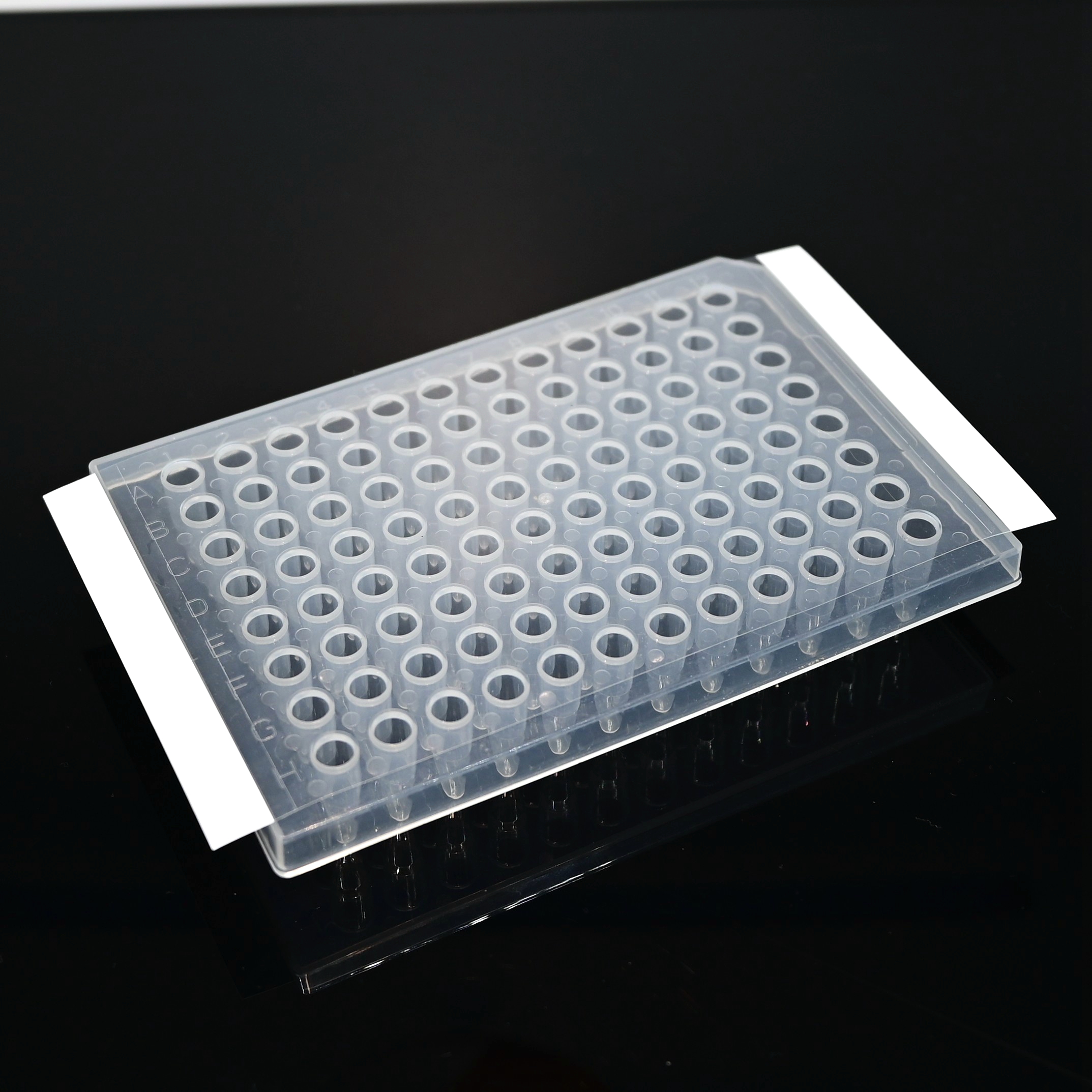The revolutionary polymerase chain reaction (PCR) technique has made a significant contribution to the advancement in human knowledge in multiple areas of research, diagnostics and forensics. The principles of standard PCR involve amplification of a DNA sequence of interest in a sample, and after the completion of the reaction, the presence or absence of this DNA sequence is determined at the end point analysis. During the Covid-19 pandemic, real-time PCR that measures the accumulation of amplification products as the reaction progresses, providing quantification after each cycle, has become the gold-standard method of testing patients for diagnosis of SARS-COV-2.
Real-time PCR, also known as quantitative PCR (qPCR), uses a variety of different fluorescent chemistries that correlate PCR product concentration to fluorescence intensity. After each PCR cycle, fluorescence is measured and the intensity of the fluorescence signal reflects the quantity of DNA amplicons in the sample at that specific time. This generates a qPCR curve, in which a defined signal intensity must be exceeded until there is enough product for fluorescence to be detectable over background. The curve is used to determine the quantity of target DNA.
Over time, laboratories have implemented the use of multi-well plates to process many samples simultaneously, allowing for high throughput. However, the samples need to be protected from contamination and evaporation to ensure a high quality of results. The PCR technique is highly sensitive to contamination by extraneous DNA, so it is very important to maintain a clean environment. Maximum optical clarity and minimal interference is also essential to ensure accurate readings of the fluorescent signal. PCR plate seals are available to perform this task and there are different types of seals available for various samples, experimental procedures and personal preferences. Compared with other sealing methods, the use of adhesive plate sealing is more convenient and cost-effective.
Sealing films from Suzhou Ace Biomedical have high optical clarity with non-absorbing, non-fluorescing medical grade adhesive, suitable for real-time PCR applications. These properties are important to ensure that the sealing films do not cause any interference to the results obtained.
The sealing films are also certified DNase, RNase and nucleic acid free so users can be sure that there is no contamination of samples and results are accurate.
What Are The Benefits Of Adhesive Seals?
Adhesive seals are quick and easy to use with direct application over plates in manual workflows to protect the contents of the plates temporarily. And the consistent ultra-high optical clarity makes for more reproducible, reliable and accurate DNA amplification measurements.
An inert, strong, temperature-resistant adhesive assures reliable sealing around each well. They also feature two-end tabs that assist in positioning the sealing film and can be removed to prevent lifting and higher evaporation rates.
Sealing films minimise evaporation, reduce cross-contamination and prevent spillages – which is extremely vital when dealing with samples containing viral and bacterial molecules posing a risk to the individual.
A wide range of other plate seals are available from Suzhou Ace Biomedical with specific properties designed for applications such as standard PCR, short-term and long-term storage.
Post time: Sep-15-2022


